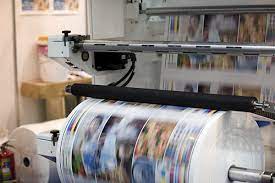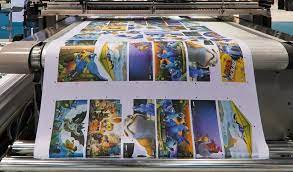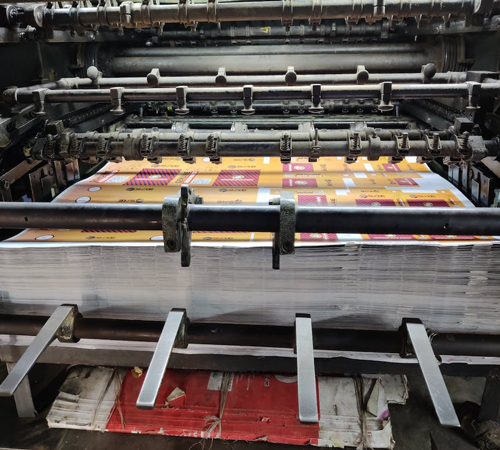Press Printing
Press
Data Analytics

Data Analytics

Web Development
Color Management in Prepress Printing
Color management is crucial in prepress printing to ensure consistent and accurate colors across various devices and substrates. This topic would cover color spaces, color profiles, calibration techniques, and software tools used to maintain color accuracy throughout the prepress workflow.
File Preparation for Prepress Printing
Proper file preparation is essential to avoid printing errors and achieve high-quality results. This topic would delve into aspects such as image resolution, file formats, bleed and trim considerations, font embedding, and other technical requirements specific to prepress printing.
Preflighting and Quality Control in Prepress Printing
Preflighting involves checking print files for potential issues that could affect print quality or result in production delays. This topic would discuss preflight software, common preflight checks, error detection, and quality control procedures implemented to ensure that print files are ready for production.
Plate Making and Imposition in Prepress Printing
Plate making involves transferring the digital print file onto printing plates, which are then used in the printing press. Imposition refers to the arrangement of multiple pages on a single press sheet for efficient printing. This topic would cover plate-making techniques, imposition software, and best practices for optimizing printing efficiency and minimizing waste.
Prepress Workflow Automation and Integration
Automation plays a significant role in streamlining prepress workflows, reducing manual labor, and improving productivity. This topic would explore automation tools and technologies such as workflow management software, scripting, and integration with other printing processes to enhance efficiency and consistency in prepress operations.
Prepress Printing Techniques for Special Finishes and Effects
Beyond standard printing, prepress involves preparing files for special finishes and effects such as spot UV coating, embossing, foiling, and varnishing. This topic would cover the prepress considerations for these techniques, including file setup, color separations, and communication with print providers to achieve desired visual and tactile effects.
Environmental Sustainability in Prepress Printing
With increasing awareness of environmental issues, prepress printing practices are evolving to minimize ecological impact. This topic would discuss sustainable prepress practices such as using eco-friendly materials, reducing waste through efficient workflows, implementing digital proofing to reduce paper consumption, and adopting renewable energy sources in prepress facilities. Additionally, it would cover certifications and standards related to environmental sustainability in the printing industry.
